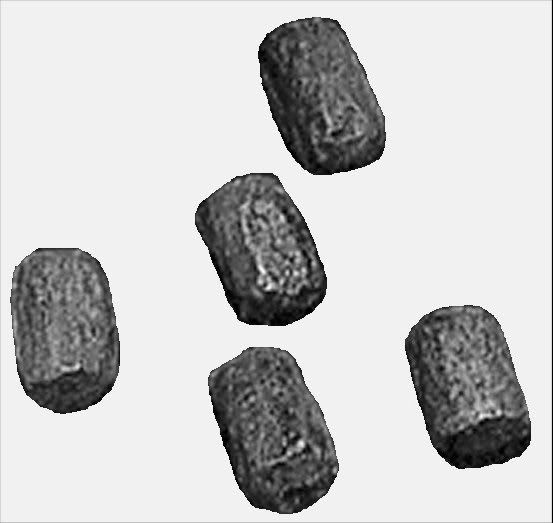Couple things .
conicals have been around for a very long time . Many of the F&I battle fields that are being excavated are turning up conical of sorts . The real question is were these used in rifles or smooth bore or smooth rifles ?
that conicals didnt come about tell the civil war is very much the same as saying smooth bores and trade guns never had rear sights .
simply not accurate
what did happen during the civil war was a much better conical design which made the conical more accurate in give rifles and thus more widly used
The problem with the rifling is in the load really .
See it takes very little to turn a round ball on its axes . Once turning it has a tendency to stay there . It can not tumble. there is not front or back thus longitudel stability isn’t a concern .
A fast twist barrel will shoot a round ball IE 1 in 28 , 1 in 32 . However the charge most times has to be very low or the patch will strip through the rifling. This effects the rotation imparted to the round ball and thus makes it in consistent.
This also holds true for the other end of the spectrum .
A slow twist will shoot a conical . One of my rifles has an iron barrel with a 1 in 70 twist .
However the rifling is also round bottom .
What kind of accuracy you ask ?
Well I use a 436 conical in that rifle for elk .
However that conical is also hollow based and I back it with 100 grains . Now bench rested this set up. In my rifle . Will hold a 6 inch pattern at 100 yards .
So now whats happening . Well it’s a combination of the rifling type . The specific conical and the charge
See deep rifling isn’t really as much of a problem as the number of groves added to that deep rifling . To many groves that are to deep . Combined with a heavy charge needed to stableize the conical over longer distances , causes the conical to strip through the rifle . This cause leading which very quickly effects the accuracy .
So the move for shallower rifling . Different numbers of groves . Different types of rifling and many different conical designs .
So really what you have is a trade off , playing with charges and designs so as to still keep a effective hunting load or accuracy for target shooting
here are some conical found on the mamoth battle feild

